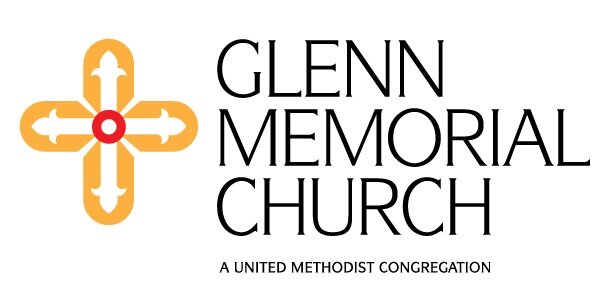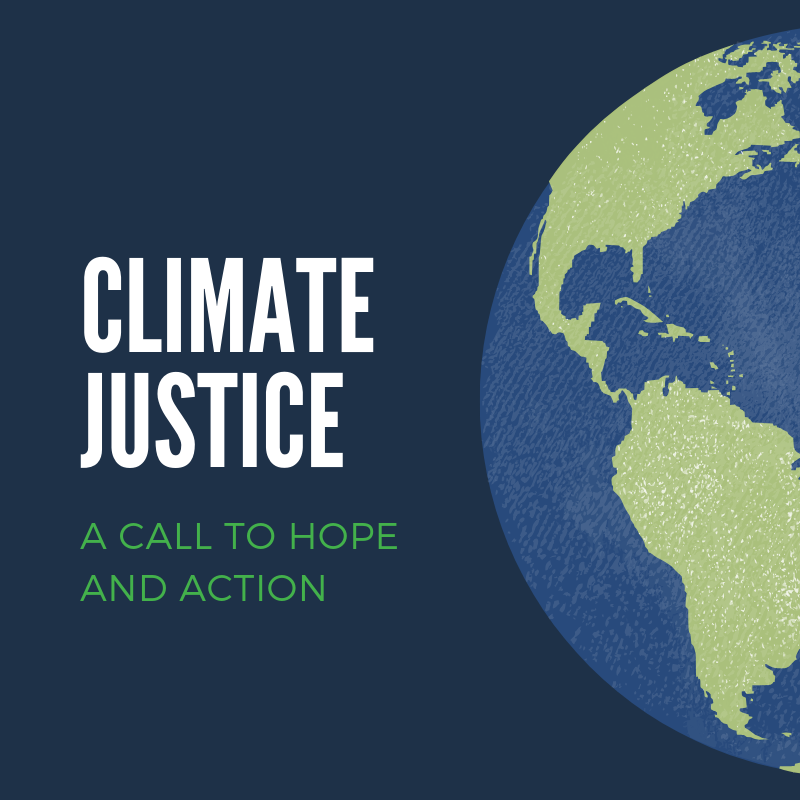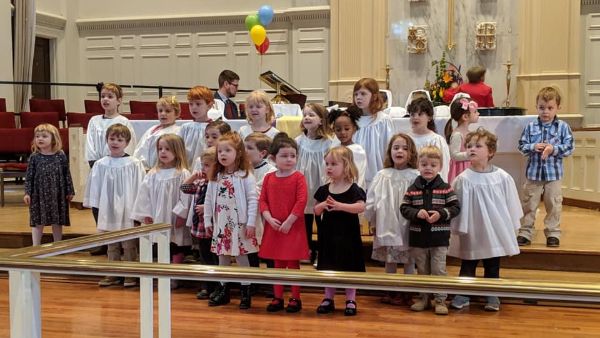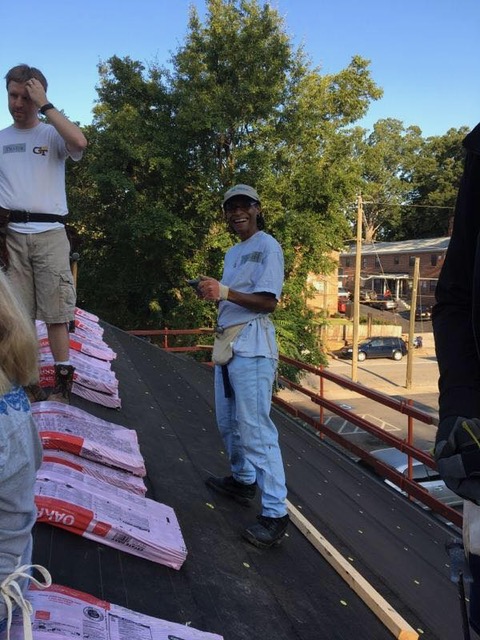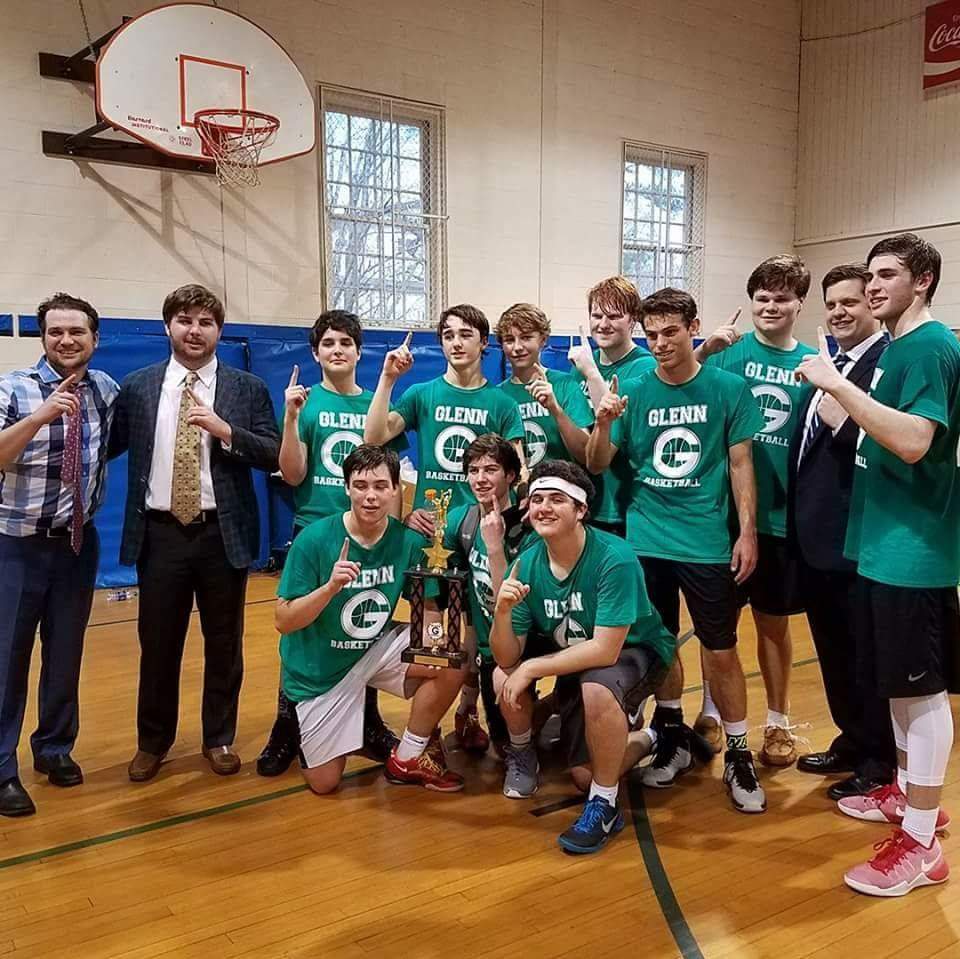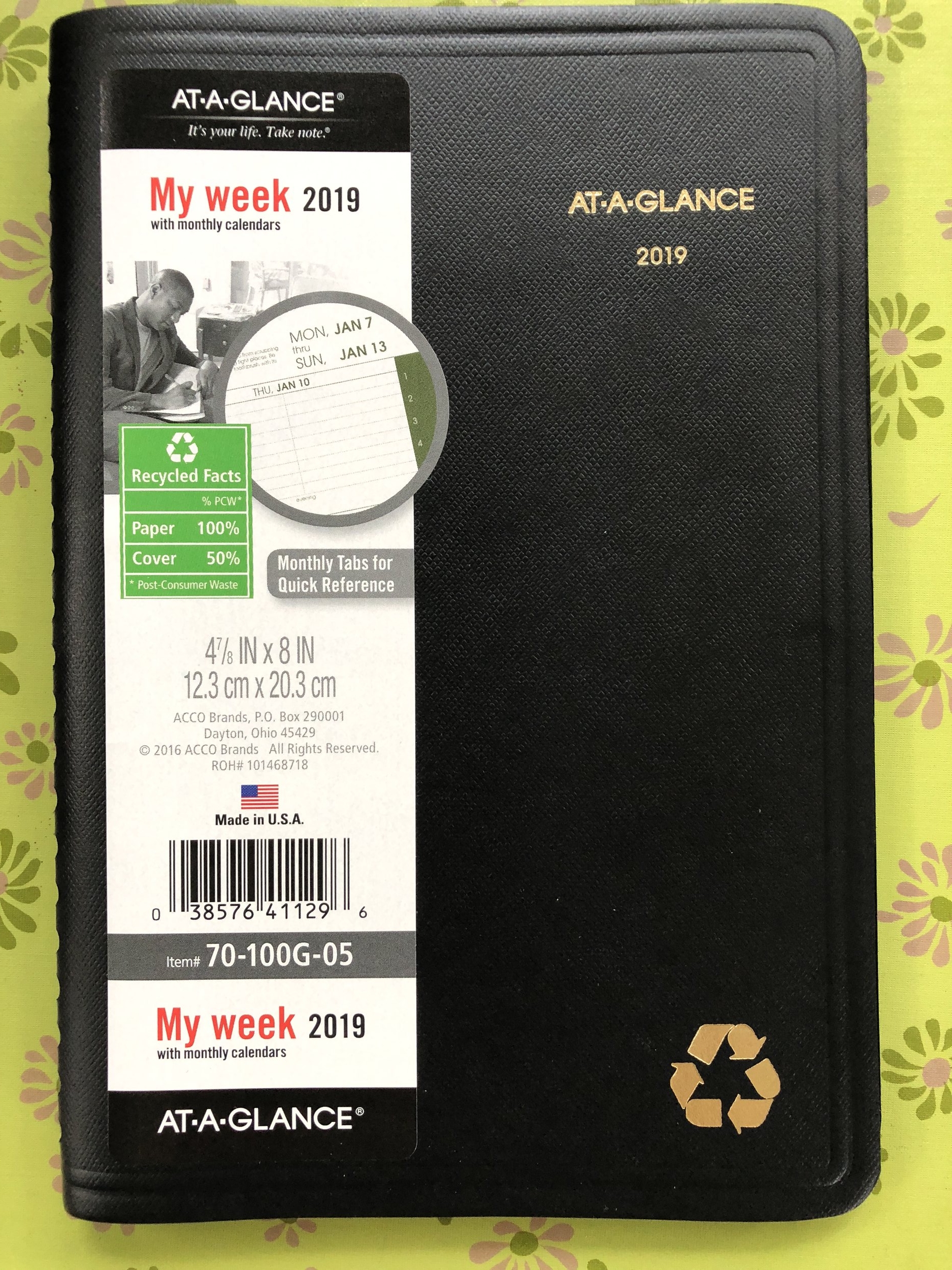As we journey through Lent towards Easter and Earth Day we hope that these words may enlighten or speak to you in some way. This column will be presented weekly.
In 2016 the United Methodist Women commissioned the publication of the book Climate Justice: A Call to Hope and Action, an illuminating and wide-ranging look at an issue they had been studying for several years.
In Chapter 5, “Climate Injustice: Earth Consequences”, author Rev. Dottie Yunger discusses some rules to live by. Yunger is a marine biologist and minister. While working on an island in the Belize Barrier Reef as a marine biologist in 2003, the island had some basic rules: 1. Check your pants for scorpions each morning. 2. Catch only the fish you want to eat. 3. Turn off the porch lights so as not to distract the sea turtles. 4. Take short showers. Yunger states that these also make good rules for how to live on our larger island – planet earth. Luckily we don’t have to do the morning scorpion check in Atlanta!
Other rules, as identified by theologian Sallie McFague, are described as God’s Rules. If creation is God’s house, then we should abide by God’s rules which she describes as: 1. Take only your share. 2. Clean up after yourself. 3. Keep the house in good repair for future housemates. These three simple rules can also be aligned with John Wesley’s rules which fall into three categories says Yunger. 1. Do no harm. 2. Do good. 3. Attend upon the ordinance of God. She reminds us that we must avoid participating in systems that harm others, as well as avoiding harming other people. The rules are an invitation to live with creation and with God.
Yunger relates that Rev. Dean Synder, a UMC pastor in Washington, D.C., preached a sermon series on Wesley’s rules and concluded that it was almost impossible to do no harm if we live in this country. Perhaps we should focus on the harm to creation that we do and try to do less of it he says. Yunger uses water to explore how we might work on doing less harm. One example she uses is the ongoing acidification of the ocean’s coral reefs. The amount of energy that we use at home from fossil fuel burning plants has an impact on these reefs as the ocean absorbs carbon dioxide emitted from the plants. Another example she shares is this country’s obsession with bottled water which costs 3,000 times the price of tap water. She believes that only those “who view water as a commodity would pay that kind of markup for what used to be viewed as the source and essence of life.”
From another perspective in the chapter come words of wisdom from Gus Speth, former dean of Yale School of Forestry. We need a spiritual and cultural transformation to overcome pride, apathy, and greed, which are the greatest problems that need to be solved in the environmental crisis he believes. Where might this come from? From remembering that we are created in God’s image.
Please visit https://www.unitedmethodistwomen.org/ for more information about the work of the UMW throughout the world. If you are interested in reading this book, please let us know. Copies are available.
Lynn Speno, Glenn Environmental Committee
